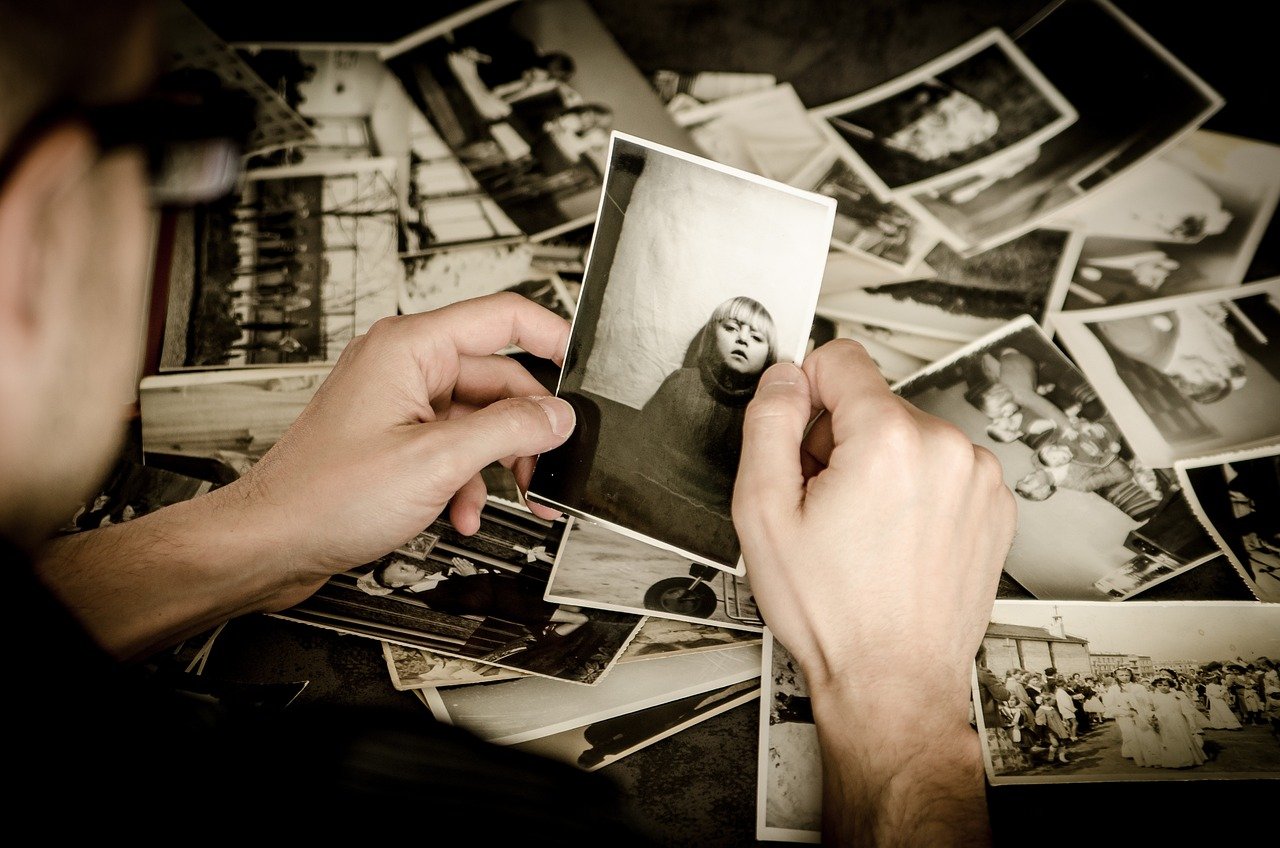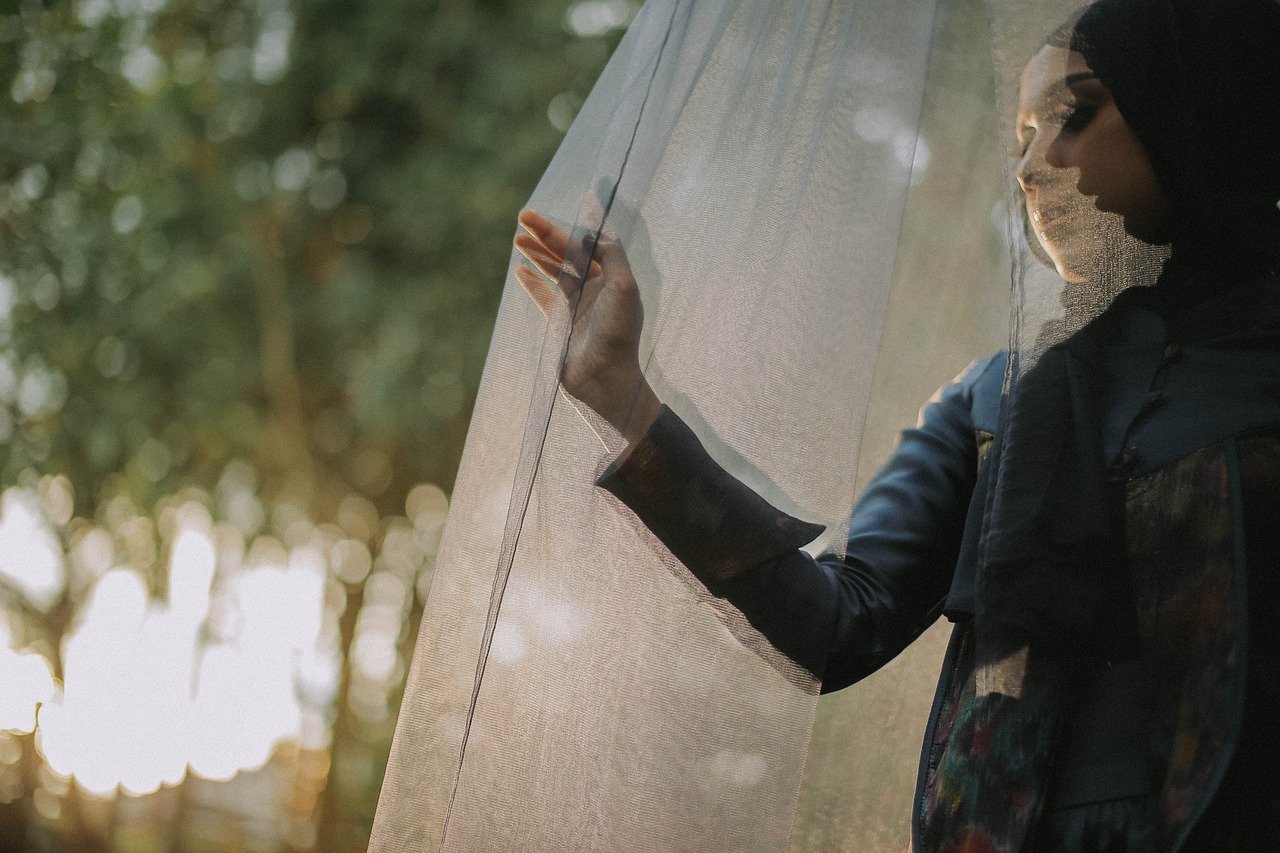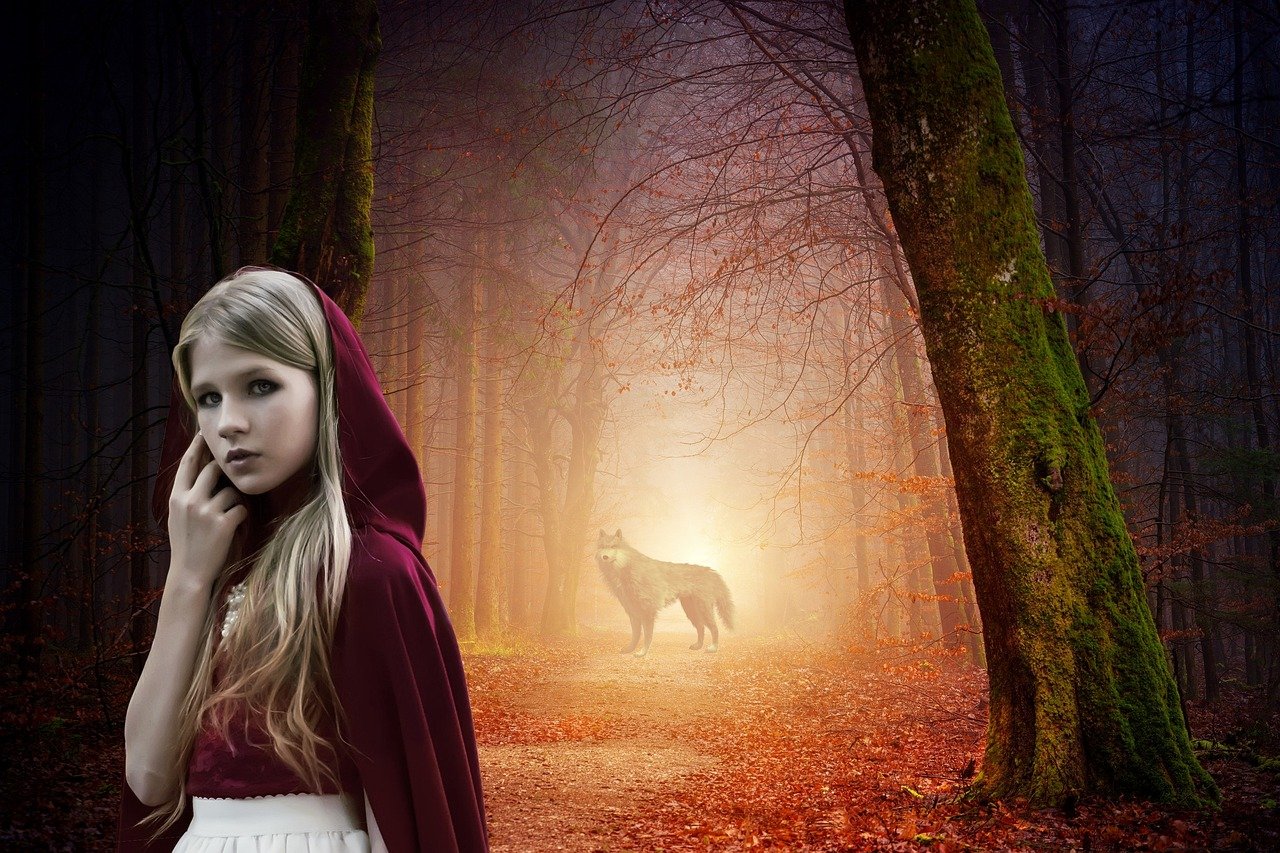Video Production: Unleashing the Power of Visual Storytelling 1. Introduction: The Impact of Video Production…
The Incredible Power of Visual Storytelling: 15+ Proven Strategies to Captivate Your Audience
Introduction
Visual storytelling is more than just combining images with words—it’s an art form that weaves together visuals and narratives to communicate ideas, emotions, and experiences. But why does it matter so much in today’s digital-first world? Simply put, people are wired to respond to visuals, making this approach one of the most powerful tools in content marketing.
Whether you’re a brand trying to connect with your audience or an individual sharing your story, understanding the power of visual storytelling can revolutionize the way you communicate.
The Science Behind Visual Storytelling
How the Brain Processes Visual Information
Did you know that the human brain processes visuals 60,000 times faster than text? It’s true! Visual content is easier for our brains to interpret, making it more impactful and memorable than plain text.
The Psychological Impact of Stories and Images
Stories tap into our emotions, while visuals make those emotions tangible. When combined, they form a compelling connection that words alone often fail to achieve. This is why iconic advertisements and viral videos resonate with audiences—they’re memorable and emotionally engaging.
The Core Elements of Effective Visual Storytelling
Strong Narrative Structure
Every great story has a beginning, middle, and end. The same applies to visual storytelling. Without a clear narrative, your visuals will lack coherence and fail to deliver the desired impact.
Compelling Visuals: Photos, Videos, and Graphics

Think of your visuals as the “actors” in your story. High-quality photos, engaging videos, and well-designed graphics bring your narrative to life.
Emotional Connection with the Audience
The ultimate goal of storytelling is to evoke emotion. Whether it’s joy, nostalgia, or inspiration, connecting on an emotional level ensures your message is remembered.
Why Visual Storytelling Outperforms Plain Text
Enhanced Audience Engagement
Visual content grabs attention and encourages interaction. Studies show that posts with visuals receive up to 94% more views than those without.
Improved Retention of Information
People remember only 10% of the information they hear three days later—but when paired with a relevant image, retention increases to 65%.
Best Practices for Visual Storytelling
Creating a Clear Narrative
Setting the Stage: Define Your Goal
What do you want to achieve with your story? Defining your goal is crucial to crafting a compelling narrative.
Building Characters Your Audience Relates To
Whether it’s a protagonist in a video or the voice in your infographic, your characters should resonate with your audience.
Choosing the Right Visuals

The Power of Photography in Storytelling
A picture is worth a thousand words—but only if it’s the right picture. Authentic, high-quality photos make your story more relatable.
Leveraging Videos to Evoke Emotion
Videos are a dynamic way to immerse your audience in your story. They’re particularly effective for building emotional connections.
Graphics and Infographics: Simplifying Complex Data
Infographics turn boring data into engaging visuals, making even the driest stats compelling and shareable.
The Role of Platforms in Visual Storytelling
Social Media Channels: Instagram, TikTok, and Pinterest
Each platform offers unique opportunities for visual storytelling. Instagram is perfect for photos and short videos, TikTok for creative storytelling, and Pinterest for visually inspiring ideas.
Websites and Blogs: Using Visuals to Enhance Content
Incorporating images, videos, and infographics into your website or blog keeps readers engaged and encourages them to explore further.
Real-World Examples of Visual Storytelling

Successful Brand Campaigns
Brands like Nike and Apple have mastered visual storytelling, using powerful images and videos to inspire and connect with their audience.
Viral Social Media Posts
From heartfelt TikTok stories to stunning Instagram reels, many creators have used visual storytelling to reach millions.
Common Mistakes to Avoid
Overloading Content with Too Many Visuals
While visuals are essential, too many can overwhelm your audience. Keep it balanced!
Ignoring Your Target Audience’s Preferences
Understanding your audience ensures your visuals resonate with them.
How to Measure the Impact of Visual Storytelling
Metrics to Track Engagement
Track likes, shares, comments, and views to measure how well your content resonates.
Tools to Analyze Visual Content Performance
Use analytics tools like Google Analytics, Instagram Insights, or TikTok Analytics to evaluate your performance and refine your strategy.
The Future of Visual Storytelling
Emerging Trends in Technology
Virtual Reality (VR), Augmented Reality (AR), and 360-degree videos are revolutionizing how we experience stories.
How AI is Transforming Visual Content Creation
AI tools like generative design and automated video editing are making it easier to create stunning visuals.
Conclusion
Visual storytelling is more than a marketing tool—it’s a bridge that connects ideas and emotions, making your message unforgettable. Whether you’re a business or a budding storyteller, embracing visual storytelling will elevate your content to new heights. So, what are you waiting for? Start crafting your visual story today!
FAQs
- What is the main focus of visual storytelling?
The main focus is to convey a narrative that resonates emotionally using compelling visuals and stories. - How can small businesses benefit from visual storytelling?
Small businesses can use visual storytelling to build brand awareness, connect with their audience, and stand out in a competitive market. - Are there specific tools to enhance visual storytelling?
Yes! Tools like Canva, Adobe Spark, and Final Cut Pro make creating stunning visuals easier. - How do I start visual storytelling with limited resources?
Start small with a clear narrative and use free or budget-friendly tools to create visuals that align with your story. - What are the common pitfalls in visual storytelling?
Overcomplicating the story, ignoring your audience, or relying solely on visuals without a strong narrative can weaken your storytelling.




